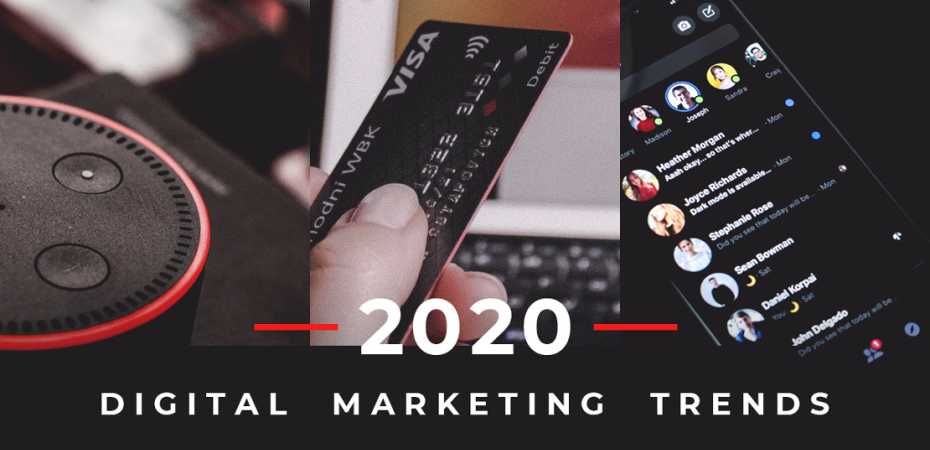April 23, 2020
| Article | by REQ Marketing | Advertising
10 Digital Marketing Tips for Continuing Education Programs to Increase Enrollment
Higher education is ever-evolving to meet the needs of prospective students. Specifically, many schools have created or expanded their continuing education departments to target working adults seeking certifications, advanced study, or a jump start for a new career. This audience is not made up of traditional college students, and school recruiters and marketing professionals must adapt their strategies (name buying, lead generation, paid advertisements, search engine optimizations, etc.) accordingly. Using some simple digital marketing tips, schools can better inspire interest in their continuing education programs and therefore increase enrollment.
1. Showcase Flexibility
Your potential students need to know that continuing education can adapt to their current lifestyles, not the other way around. Showcase the flexible options available through your school: part-time/full-time schedules, night classes, online classes, asynchronous lectures, take-home exams, virtual tours, rolling admissions, and so on. Make sure to lean on those keywords that emphasize your school’s flexibility when developing a digital strategy for search engine optimization and branding.
2. Connect the Dots
Going back to school adds stress and financial burdens for adult learners. Make sure your digital marketing message connects the higher education dots to communicate the benefits for your audience. Do these classes lead to certifications and promotions? Will graduates be better positioned for a raise? Is the job market for certain degrees increasing in your region? Create online materials that leverage the professional advantage and personal achievement associated with your degrees. Demonstrate how the benefits outweigh the costs.
3. Highlight Workforce Success with Graphics
Use your data. Identify those metrics that demonstrate the career-based and financial benefits for your graduates. When designing your charts and graphs, lean on some basic design tips to avoid distracting from your message. Embrace white space, use simple fonts, and leverage the psychological impact of colors (i.e. green for wealth or yellow for optimism).
4. Be Transparent
Don’t hide the costs associated with your institution’s continuing education program. If anything, be transparent. What are the costs associated with tuition, materials, student fees, and other associated expenses? Students pursuing continuing education classes need to see the bottom line. Non-traditional students may already be budgeting for children, a mortgage, or previous student loan debt. Include information relevant to your adult learners such as military benefits or waivers for application fees. Be transparent with your numbers and build that trust with your students from the start.
5. Customize Digital Marketing to Your Audience
Research suggests, unsurprisingly, that social media use varies in different age groups. A majority of adults use Facebook over other platforms. Determine the social media platform for your continuing education program’s target age group and develop content and advertisements accordingly. Furthermore, new technologies such as Google’s Responsive Search Ads can adapt your school’s content to match an individual’s search trends.
6. Examine Your Institution’s Current Digital Presence
Before you reach out to prospective students, make sure your own house is in order. When creating digital outreach, you’ll be directing those interested clicks to your school’s landing page, the main website, or social media accounts. Nothing looks more unprofessional than broken links, infrequent posts, old data, or (gasp) typos. Ensure that sites work on mobile devices too. Perform a thorough audit of your school’s online footprint.
7. Consider Social Media Limitations Before You Start Designing
Social media outreach, while effective, has certain limitations regarding advertisements. You can’t reach potential students if the digital strategy doesn’t even make it through the proverbial gates. For example, Facebook has an Image Text Check for ads in the site’s news feed. Twitter suggests an 80/20 rule: 80% of your posts should be content-focused while 20% should promote your program.
8. Share the Experiences of Your Graduates
Feature the personal testimonials of your graduates. Ask about their motivations and struggles while pursuing continuing education. What strategies do they have for juggling work, family, and school? What would they recommend about your program? And most importantly, how has a degree from your institution contributed to their success post-graduation? Also, be sure to include pictures and biographical information to add credibility and authenticity.
9. Develop Effective Landing Pages
Once a potential student clicks, make sure the landing page is clear, eye-catching, and encouraging. Feature your school’s positive rankings and awards. Showcase information about your program. Incorporate all your digital tools thus far: clear graphics, smart colors, graduate testimonials, program options, and flexibility. Create a bold call-to-action button for students interested in taking the next step whether sharing their email address or completing an initial application.
10. Avoid the Spam Folder
Once you’ve successfully recruited a potential student and collected his or her email address, you can develop email-based marketing materials. Just make sure your work doesn’t land in the dreaded spam folder. Avoid over-promising language or cliches in your subject lines. Include your school’s physical address at the bottom of each message. And check your email service provider’s data on your delivery method for information on an email’s open rate, click rate, and opt-out rate. These metrics will better inform your digital strategy for next time.
Overall, when recruiting adult learners, avoid the frills and fireworks. Develop online content for your school’s continuing education program that is both transparent and authentic to best suit your busy, professional audience.
Sources:
https://www.internetmarketinginc.com/blog/6-ways-to-promote-your-continuing-education-programs/
http://www.searchenginejournal.com/graphic-design-tips-non-designers/341757/amp/
https://req.co/insights/article/power-transparency-marketing
http://www.searchenginejournal.com/make-responsive/search-ads-work-for-you/352732/amp

